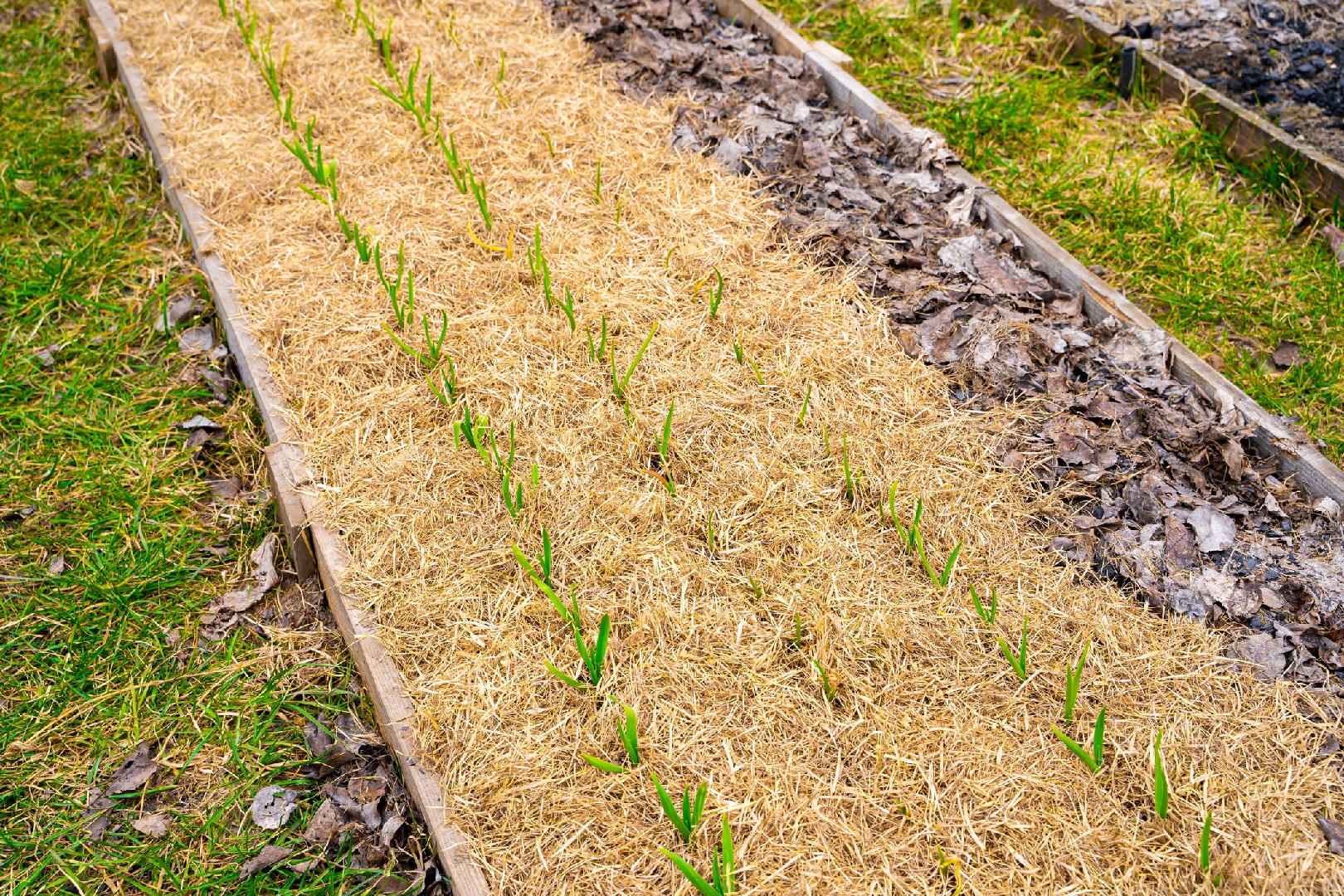
Key Mulching Materials and their Benefits
When it comes to effective weed control and soil enrichment, choosing the right mulching materials is crucial. Mulch, whether organic or inorganic, serves multiple purposes such as conserving moisture, suppressing weeds, and regulating soil temperature. In this section, we will discuss the key types of mulch and their benefits for your garden.
Organic mulch is derived from natural materials such as wood chips, straw, or compost. These materials break down gradually over time, enriching the soil with vital nutrients. Wood chips, for example, can be obtained from small branches or logs and provide excellent weed suppression. They also help retain moisture, which is especially beneficial in dry climates. Straw is another popular choice for organic mulch, as it effectively suppresses weeds and retains moisture.
Compost is not only a great way to recycle kitchen and garden waste, but it also adds valuable organic matter to the soil. When used as mulch, it helps improve soil structure and water-holding capacity. Additionally, compost provides a slow-release of nutrients, reducing the need for synthetic fertilizers.
Inorganic mulch, on the other hand, consists of materials such as plastic, gravel, or rubber. These materials do not break down, making them a long-lasting option. Plastic mulch, for example, is often used in agricultural settings to suppress weeds and create a warm microclimate for plants. It also helps conserve moisture and prevents soil erosion.
Gravel is commonly used as an inorganic mulch in arid regions, as it allows for proper drainage while preventing weed growth. Its natural color adds an aesthetically pleasing touch to the garden. Rubber mulch, made from recycled tires, is another alternative that offers excellent weed control and is particularly useful around playgrounds.
When it comes to choosing the best type of mulch for your plants and conditions, it's important to consider factors such as the climate, soil type, and the specific needs of your garden. For instance, inorganic mulch may be more suitable for areas with extremely cold or hot temperatures, where organic mulch may decompose too quickly.
Now that you have an understanding of the different mulching materials available, you can make an informed decision based on your gardening goals and needs. Remember, mulching is not only a practical way to control weeds and enrich the soil, but it also adds aesthetic appeal to your garden. So go ahead, experiment with different types of mulch, and watch your plants thrive!









